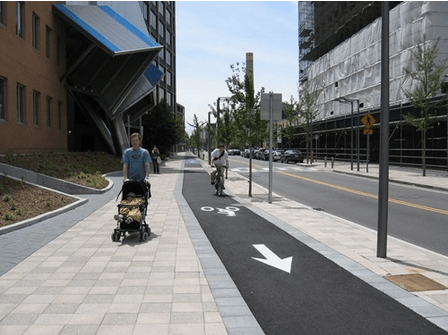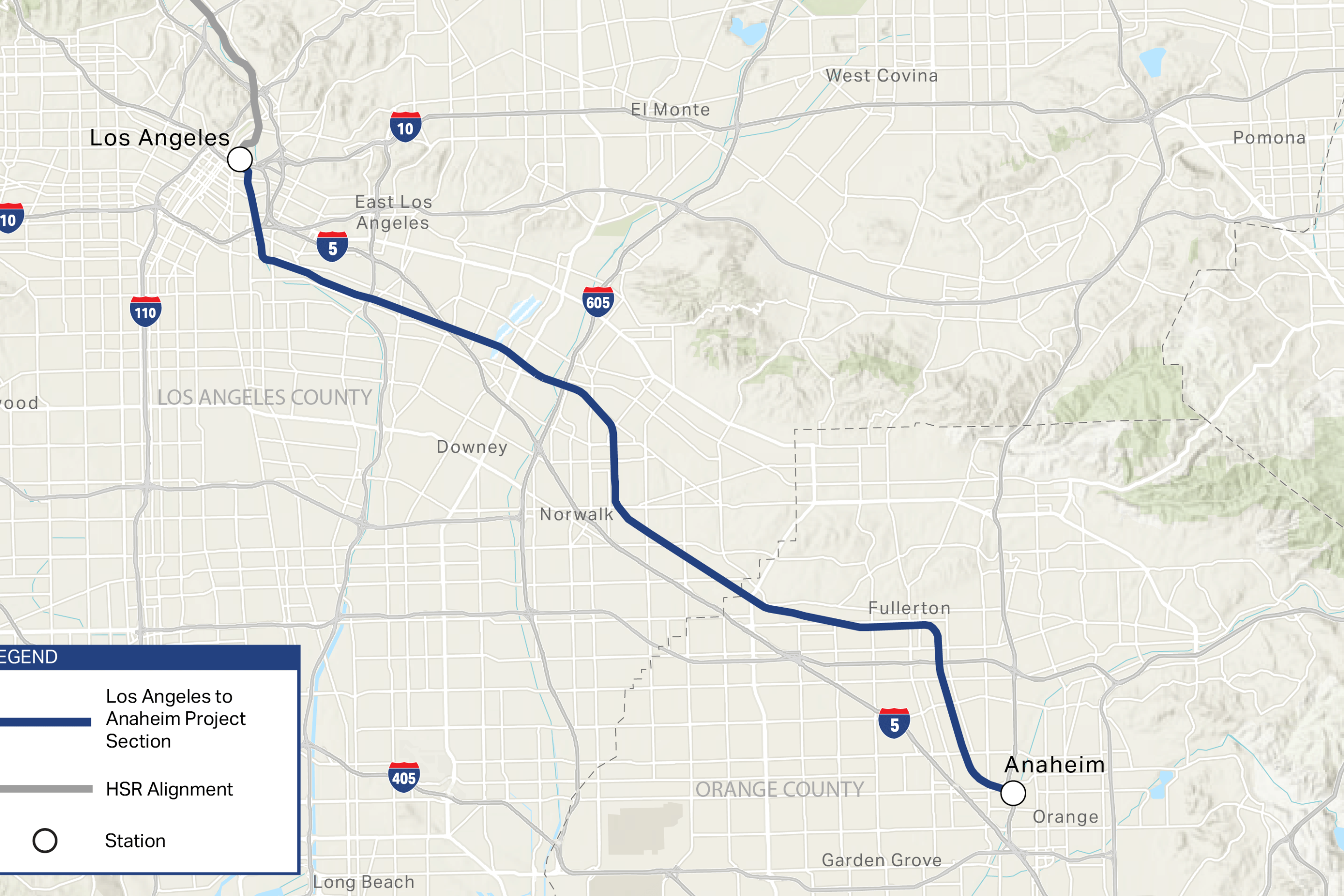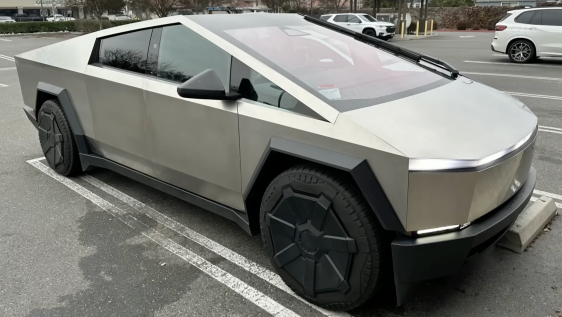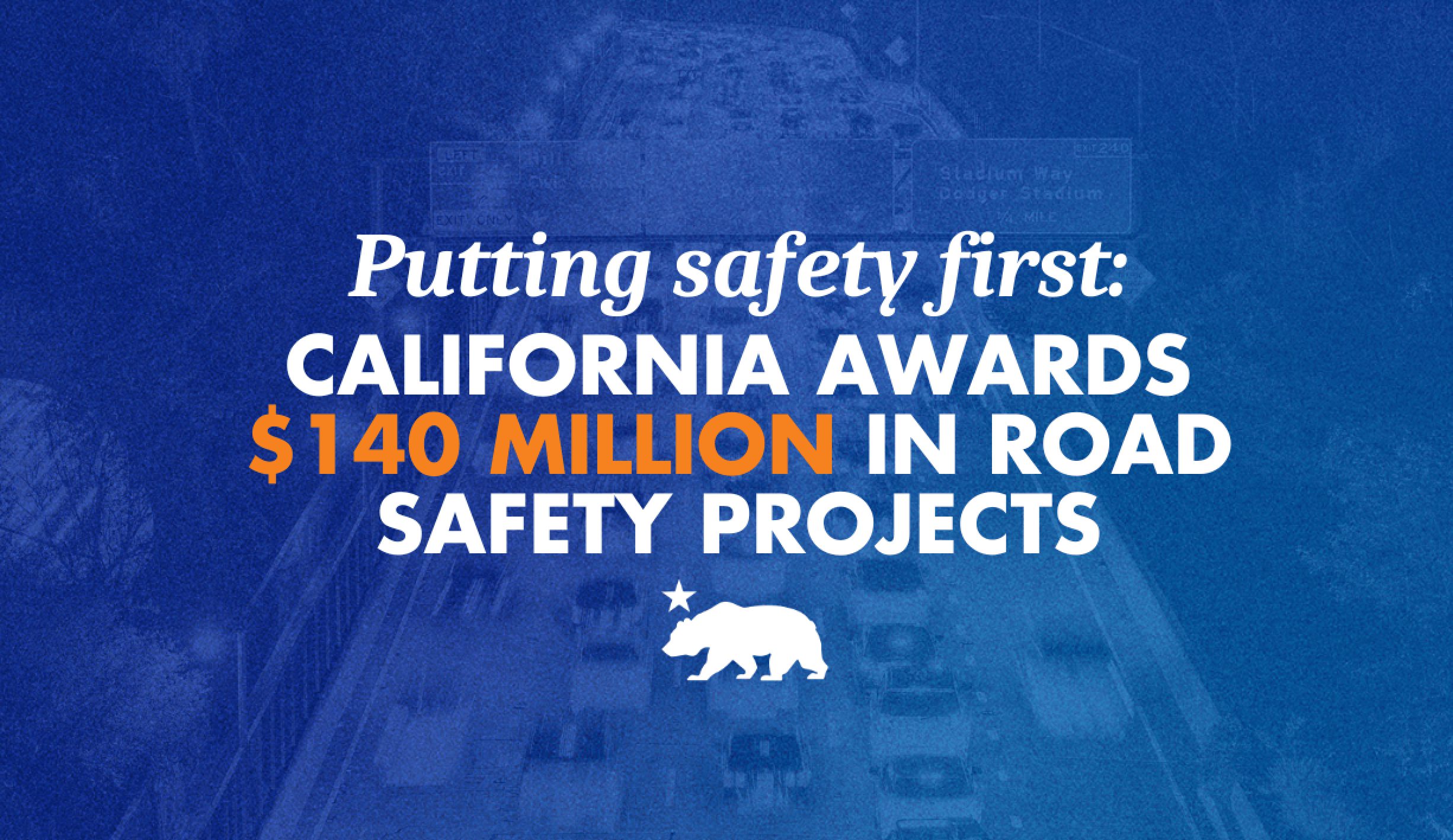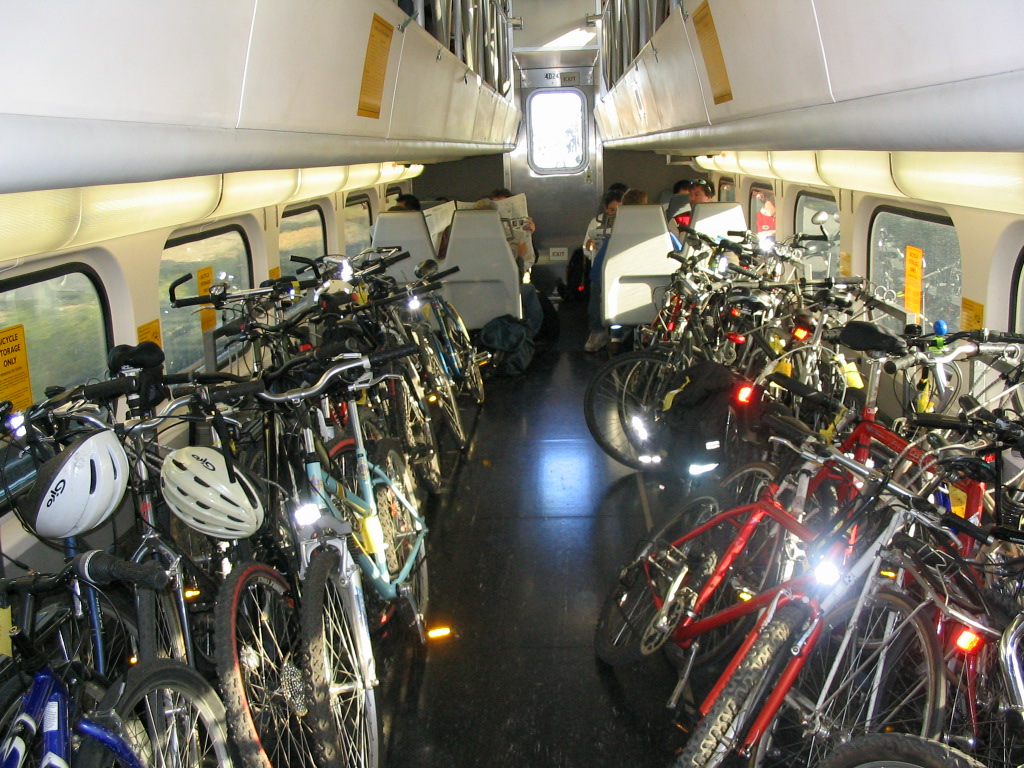Cycling became safer during the pandemic last year because riders were more likely to use off-road trails during the middle of the day rather than using dangerous roadways during the traditional rush hour, a new study found.
The pandemic completely upended the commuting routines of almost everyone — and cyclists were no exception. Bike riders changed their habits by swapping morning commutes on crowded thoroughfares for multi-use paths when they took breaks during the day, according to a report in the upcoming issue of Journal of Transport & Health.
Researchers who analyzed trips on bike lanes and off-road trails in Arlington County, Virginia found midday bicycle traffic rose sharply — by 76 percent — between March and December 2020, compared with the same period the prior year.
Meanwhile morning rush-hour traffic on both kinds of paths plummeted 49 percent.
During evening hours, riders in the Northern Virginia suburbs favored off-road trails they had to themselves. There were 225,943 more cyclists detected on trails, a 6-percent increase on those routes from from 2019, while there were 22,989 fewer cyclists counted on the road, a 27-percent drop, during that span.
Throughout the day, ridership on the region’s most popular commuter routes plummeted 28 percent and surged 18 percent on its recreational routes.
As a result of Virginians’ changing commuting patterns, riding became safer. Traffic crashes that injured cyclists fell from 2.74 per 100,000 between 2013 and 2019 to 1.98 crashes per 100,000 last year, a 28-percent decrease, the study found (the severity of crashes remained consistent).
“Regardless of the effect that fewer (potentially faster-moving) vehicles had on bicycle crashes, it seems likely that Arlington injury crash rates decreased in 2020 because of the greater use of off-road trails,” the report said. “These findings point to the importance of available off-road multi-use trails in absorbing changes in travel behaviors without raising bicycle-motor vehicle injury crash risk.”
Cyclists preferred off-road paths even as roadway traffic fell 50 percent throughout the DC region at the start of the pandemic, and remained 18.5 percent below pre-pandemic levels about six months later.
One reason why there’s been a shift is that Northern Virginia and Washington DC officials have been expanding bike lane infrastructure over the past several years. Arlington County features a 18-mile loop along four separate trails that connect with each other and Fairfax County built 19 miles of new bike lanes starting in 2017.
“They’ve been building an off-road network for years and it’s paying off now that more people are using bikes,” said Jon Orcutt, advocacy director of Bike New York. “They have that option.”
